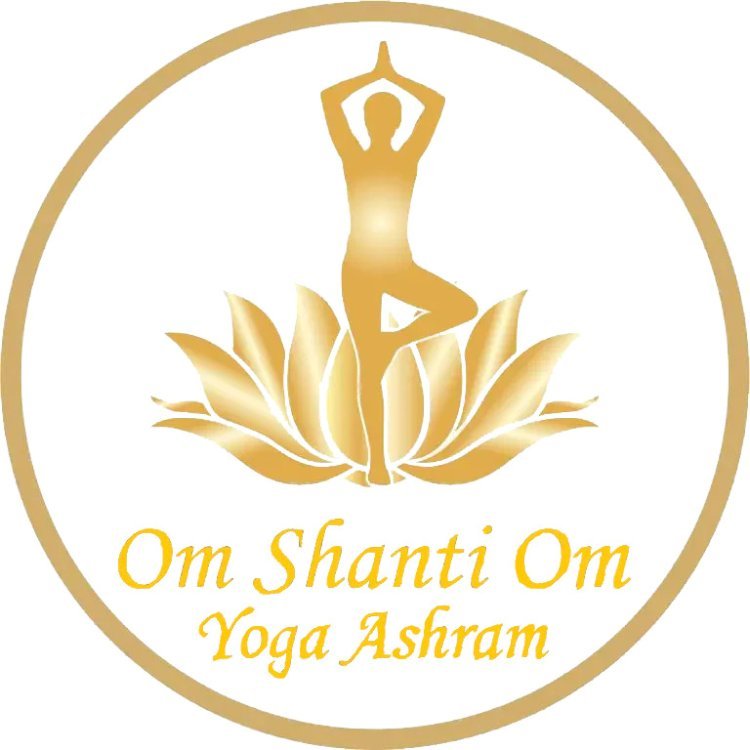Unlock Deep Relaxation: The Power of Yin Yoga Exercises

In our fast-paced world, slowing down can feel like a luxury. But what if the key to better flexibility, reduced stress, and a more centered mind was as simple as staying still? That’s where yin yoga exercises come in.
What Is Yin Yoga?
Yin yoga is a slow-paced style of yoga where poses are held for longer periods—anywhere from one to five minutes or more. Unlike more active, “yang” styles like Vinyasa or Power Yoga, yin focuses on the deeper connective tissues of the body: ligaments, fascia, and even joints. The result? A practice that’s as meditative as it is physically transformative.
The Benefits of Yin Yoga Exercises
-
Increased Flexibility
Holding poses for extended periods allows the connective tissues to slowly lengthen, improving flexibility over time—especially in the hips, pelvis, and lower spine. -
Stress Relief & Emotional Balance
These calming postures, combined with deep breathing, help activate the parasympathetic nervous system, reducing stress and encouraging emotional release. -
Better Joint Mobility
Yin yoga exercises target areas that are often neglected in more dynamic practices, enhancing mobility and supporting joint health. -
Mindfulness & Mental Clarity
The stillness of yin yoga offers a perfect opportunity to cultivate mindfulness. Many practitioners find it helps with anxiety, insomnia, and mental clutter.
5 Yin Yoga Exercises to Try at Home
Ready to dive in? Here are five beginner-friendly yin yoga exercises you can incorporate into your practice:
-
Butterfly Pose (Baddha Konasana)
Sit with the soles of your feet together, knees falling out to the sides. Let your back round slightly and fold forward. Hold for 3–5 minutes. -
Dragon Pose
A deep hip opener, similar to a low lunge. Place your hands on either side of your front foot and allow the hips to sink toward the ground. -
Caterpillar Pose
From a seated position, extend your legs forward and fold over your thighs, letting your spine round and your head hang. -
Reclining Twist
Lie on your back, draw one knee across your body, and let it fall to the opposite side. Keep your shoulders relaxed and breathe deeply. -
Savasana (Corpse Pose)
Finish your practice by lying flat on your back, arms relaxed at your sides. Stay here for at least 5 minutes to fully absorb the effects.
Tips for Your Yin Practice
-
Use props like bolsters, blankets, and blocks for support.
-
Don’t push—yin yoga is about surrender, not effort.
-
Stay present with your breath and sensations.
-
Practice consistently, even if it's just 15 minutes a day.
What's Your Reaction?














